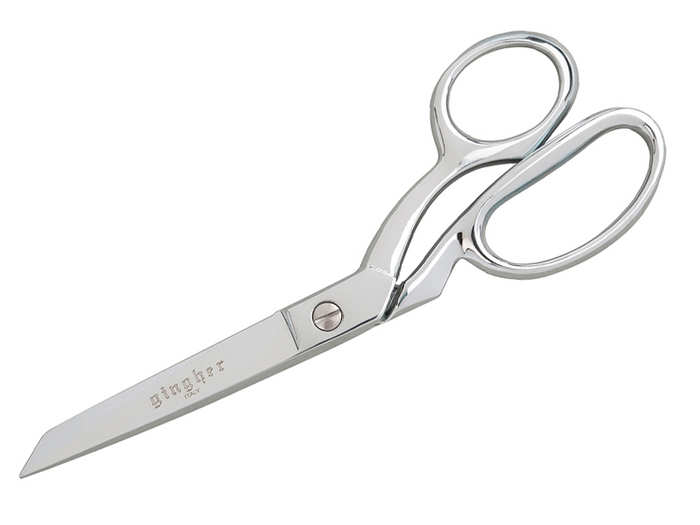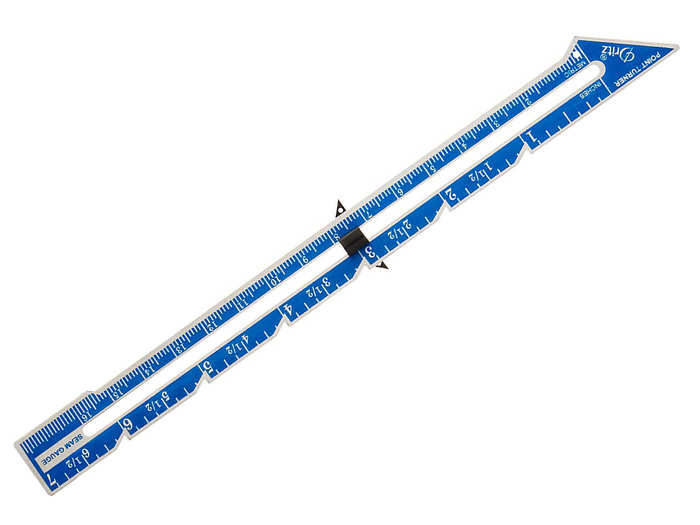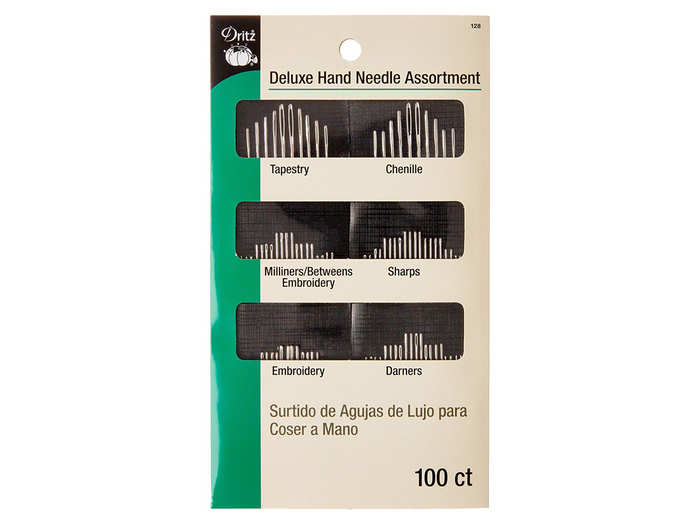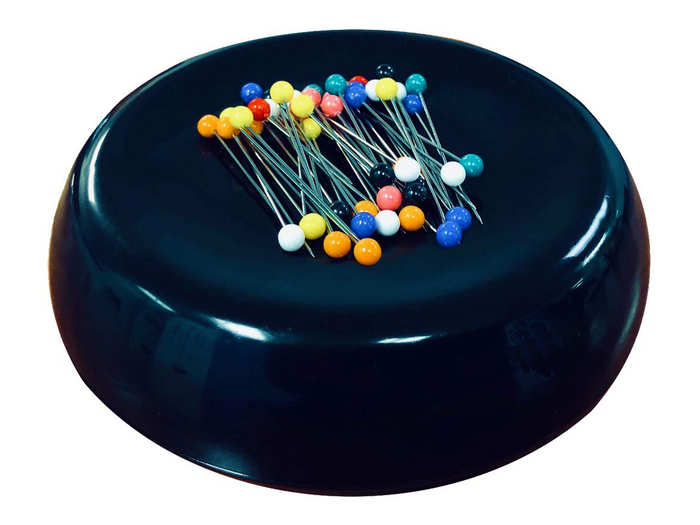- Home
- slideshows
- miscellaneous
- The best sewing supplies
The best sewing supplies
The best basic sewing machine

The best cutting tool

A pair of high-quality sewing shears like Gingher Shears — our top pick in our guide for best sewing shears — will help you make precision cuts and are worth spending a little more money for scissors that will last for years.
I bought my first pair in 1973, and they are as sharp as the first day I used them. The key to their longevity is that they have only been used to cut fabric and thread. Cutting paper or anything else dulls the blades. Stored in a sheath to protect the edges, everyone in my life is under the threat of bodily harm if they use them to cut anything except fabric.
Gingher dressmaker's shears have long, knife-edge blades, and a double-plated chrome-over-nickel finish that will not rust. The handle design helps hold the fabric flat while cutting. Both right and left-handed shears are available and both come with a nylon sheath for storage when not in use.
Although I've never had to have my shears sharpened, Gingher does offer repairs and sharpening services with a three-to-four week turnaround.
Pros: Durable, knife-edge blades will not rust and will maintain sharpness for a lifetime
Cons: Left-handed shears are more expensive than right-handed models
Check out our guide on the best sewing shears.The best measuring tool

Remember the old adage, "measure twice and cut once?" With the Dritz Sewing Gauge, you can be certain that you are going to get accurate measurements.
While a flexible measuring tape is essential if you are creating a garment that must fit a body, a sewing gauge is more accurate for machine and hand-sewing.
The Dritz Gauge is made of aluminum so it will not stretch like a fabric or plastic tape. Around seven-inches long, the gauge has markings in centimeters and inches. The sliding marker stays in place for precise measurements along a hem or seam. One measuring edge is notched in one-inch increments for quick measurements and for easy pinning.
The pointed end is perfect for gently pushing out fabric on the corners of collars or pillow covers. No more rounded corners.
Here's a trick that you might miss, the gauge has a small hole near the end and two holes in the sliding marker. You can use them to draw scallops or circles. Place a pin in the hole on the end and a sharp pencil or marker tip in one of the holes on the sliding marker. Then, just pivot the gauge to mark scallops along an edge or create a circle for an applique.
Pros: Aluminum ruler holds its shape, measurements are in centimeters and inches, sliding marker stays in place, can be used for several purposes
Cons: Screen-printed numbers and hatch marks can wear off with repeated use
The best stitching tools

When you are sewing, using the right size and type of needle makes the job so much easier. With the Dritz Hand Sewing Needles collection, you should be able to find just the right tool and thread it easily with the included needle threader.
Hand sewing needles are usually called sharps, referring to the very sharp tip that is necessary to easily pierce the fabric. They have a round eye, medium length, and come in a range of sizes from one to ten. Smaller numbers are for heavier fabrics and ten is for thin, delicate fabrics. The set includes 20 steel nickel-plated sharps that are perfect for almost all hand sewing.
The set also includes an assortment of these specialty needles:
- Milliner: sharp point and an extra-long needle to move through several layers of fabric, great for decorative stitches
- Tapestry: blunt point with a large, oval eye used for needlepoint and crewelwork
- Chenille: sharp point with a very large eye for thick threads and silk ribbons
- Embroidery: sharp point with a long, narrow eye to hold embroidery floss
- Between: sharp point, round eye, and short length necessary for quilting
- Darner: the tip is slightly curved to help pick up fabric threads, the eye is large to accommodate thicker yarns
Each grouping is labeled so help you select the size and type of needle you need. And, to help you thread the eye of the needle, Dritz includes a small needle threader. Push the wire tip of the threader through the eye of the needle, slip your thread in the needle threader tip and pull through the eye of the needle.
I like to keep several of these rust-proof, durable sharps threaded with white, black, and navy thread for quick repairs.
Pros: Variety of sizes, made of steel and nickel-plated, rust-proof, durable needles, aluminum needle threader included
Cons: Package is not durable enough for extended storage of needles once they are removed
The best pinning tools

Sewing is so much easier if you have good pins to hold the layers of fabric together. Keeping them easily on hand is another trick. The Grabbit Magnetic Pin Cushion puts the pins at your fingertips and helps you keep them under control.
Pins are essential for sewing. They hold the fabric in place, help prevent mistakes like sewing mismatched pieces together, and leave both hands free for hand or machine sewing.
Of course, you need a place for all those pins, and a pincushion is a perfect spot. I've tried lots of different types from the traditional red tomato to wrist models and much experimenting, I've concluded that I like a magnetic pincushion best. It not only holds the pins in one spot, but it is also helpful for finding those pins I dropped on the floor. All I have to do is wave it over the floor and let the magnet do the work.
The Grabbit Pincushion comes in a range of colors from black to fuschia and at 1.8-inches tall and 4.25-inches in diameter, it is small enough to fit in any sewing kit. The 50 included pins are topped with colored-plastic heads and are 1.5-inches long.
Pros: Magnetic pincushion holds pins tightly, comes with 50 pins, available in several colors
Cons: Plastic housing can break if dropped
Popular Right Now
Advertisement